OF LOVE AND DECOMPOSITION
(2016) Solo Exhibition at Firstdraft Gallery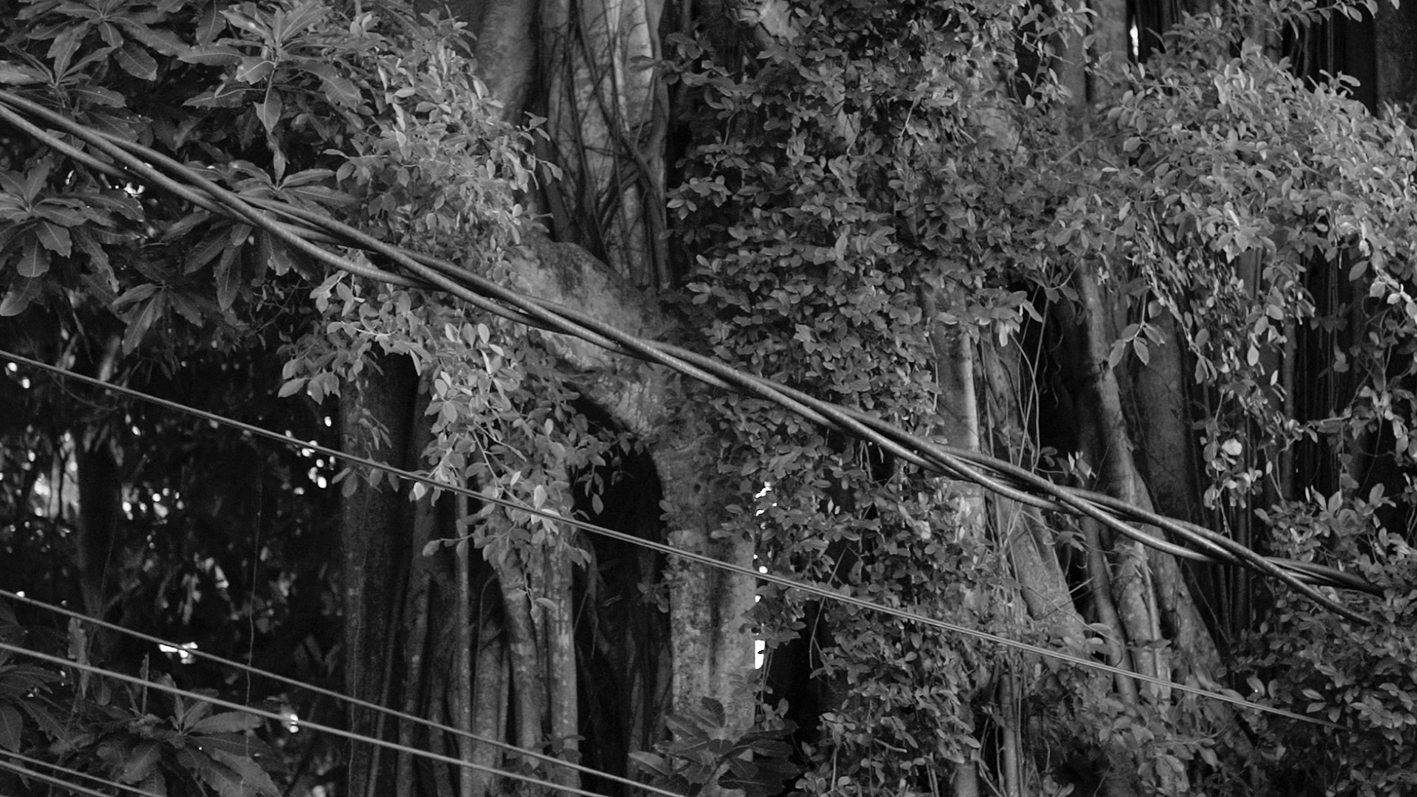
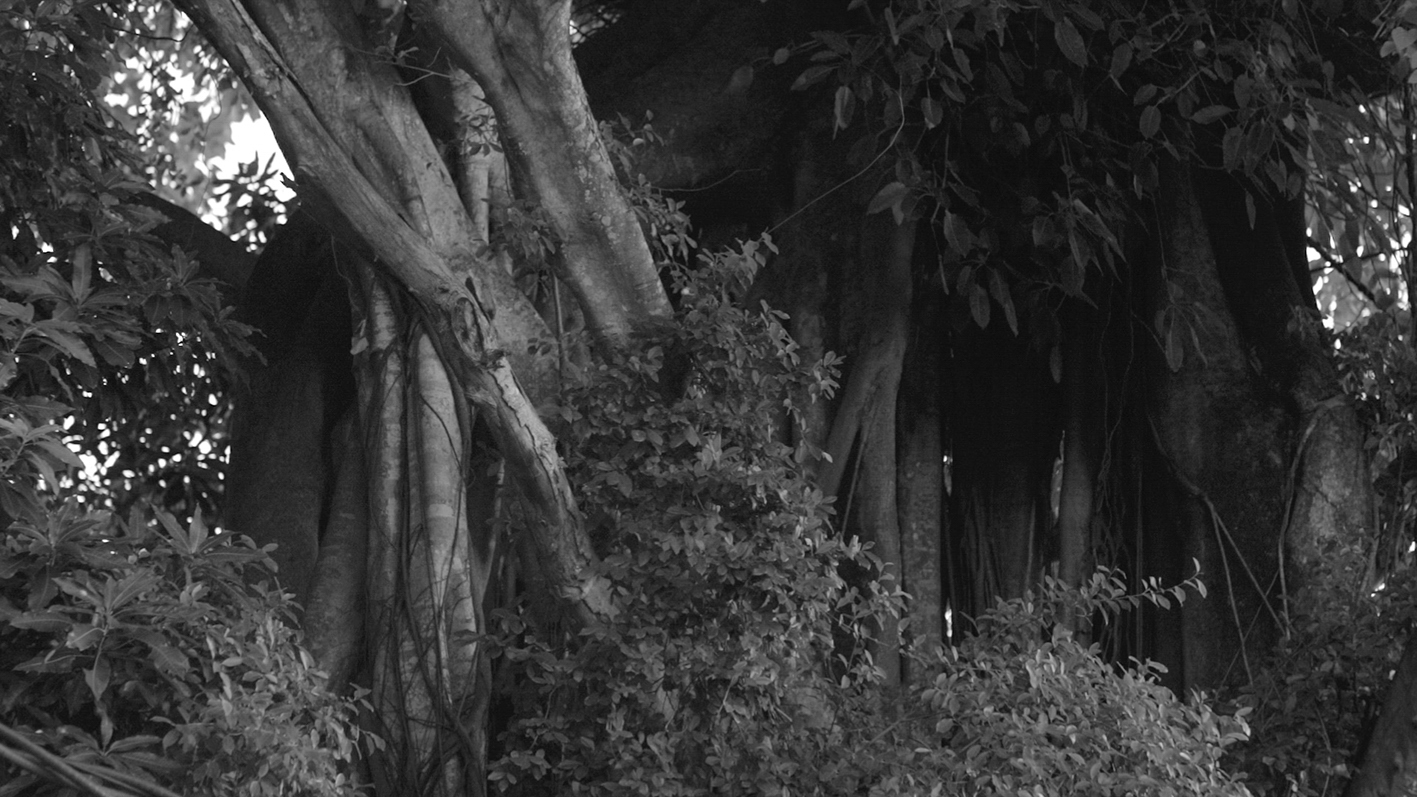


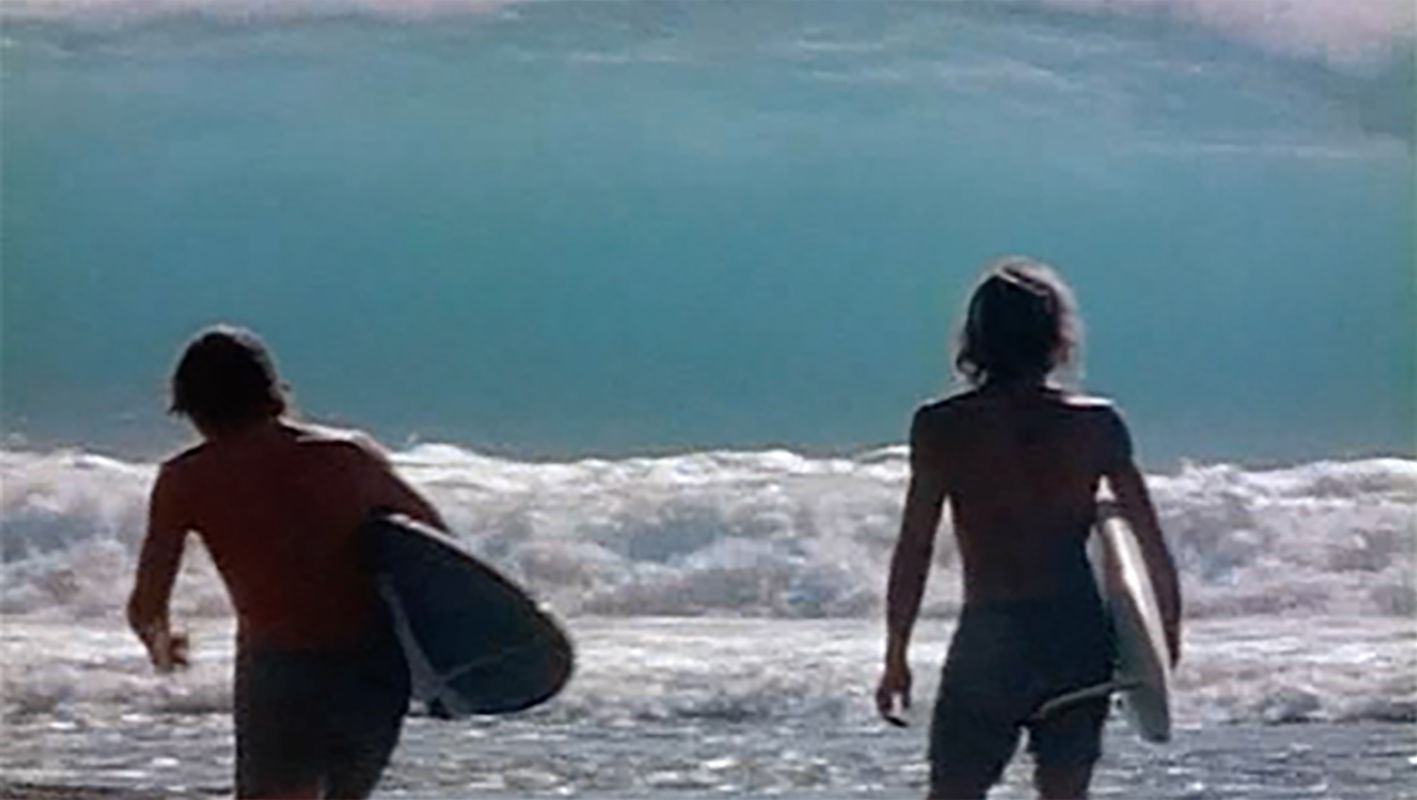

“The unidentified skulls and bones
speak about anything but their names and identities… Their indeterminacy is
part of their silence, and their silence determines their indeterminacy…Perhaps
the bones refuse to reenter the world of relatives, family and property, the
world of name and measure, in which skulls are forced to speak of race and rank
instead of love and decomposition.”
Hito Steyerl,
Missing People: Entanglement, Superposition, and Exhumation
as Sites of Indeterminacy, 2012.
Not far
from my family home in Bali there is large banyan tree that marks the
intersection between a football field and the village temple. Situated between
two streams of endless traffic, this site is a rare communal space that quietly
resists the mindless growth of south Bali’s luxury hotels and nightclubs. What
is known but never openly talked about, are the rumoured bodies from the 1965
mass killings that lie buried beneath the stretch of road running beside the
banyan tree. The whispered presence of these bodies marks a silent history that
underscores a topography known predominantly as a tourist destination.
When an effective regime by the state has silenced a collective trauma, what becomes forgotten and what traces remain? To conceptually situate the banyan tree site within the densely urbanised geography of south Bali is to delineate between a series of counterpoints in the history of the island. Of Love and Decomposition deals with two historical trajectories that continue to inform and contest the social geography of Bali today. It references the troubling legacy of Indonesia’s 1965-66 mass killings of alleged communists and the haunting residue of having unacknowledged grave sites lying underneath or alongside current day geography. As a countering narrative the exhibition draws from the romance of the early surf odysseys that occurred in the 1970s. It was the start of surfer tourism that eventually led into the development of mass tourism in south Bali.
Rather than attempting to directly address the violence of 1965 and its current political aftershocks, I wish to locate this event spatially, to pick it up as a heavy stone and observe its trajectory as it is thrown across the unfolding of contemporary Bali. This banyan tree site sits as a counterpoint to state endorsed histories and, as an event, exists as a counterpoint to the surfer romance in the 70s, one that continues to inform the aestheticisation of the island as paradise.
When an effective regime by the state has silenced a collective trauma, what becomes forgotten and what traces remain? To conceptually situate the banyan tree site within the densely urbanised geography of south Bali is to delineate between a series of counterpoints in the history of the island. Of Love and Decomposition deals with two historical trajectories that continue to inform and contest the social geography of Bali today. It references the troubling legacy of Indonesia’s 1965-66 mass killings of alleged communists and the haunting residue of having unacknowledged grave sites lying underneath or alongside current day geography. As a countering narrative the exhibition draws from the romance of the early surf odysseys that occurred in the 1970s. It was the start of surfer tourism that eventually led into the development of mass tourism in south Bali.
Rather than attempting to directly address the violence of 1965 and its current political aftershocks, I wish to locate this event spatially, to pick it up as a heavy stone and observe its trajectory as it is thrown across the unfolding of contemporary Bali. This banyan tree site sits as a counterpoint to state endorsed histories and, as an event, exists as a counterpoint to the surfer romance in the 70s, one that continues to inform the aestheticisation of the island as paradise.

Installation documentation, Firstdraft Gallery, Sydney (2016).
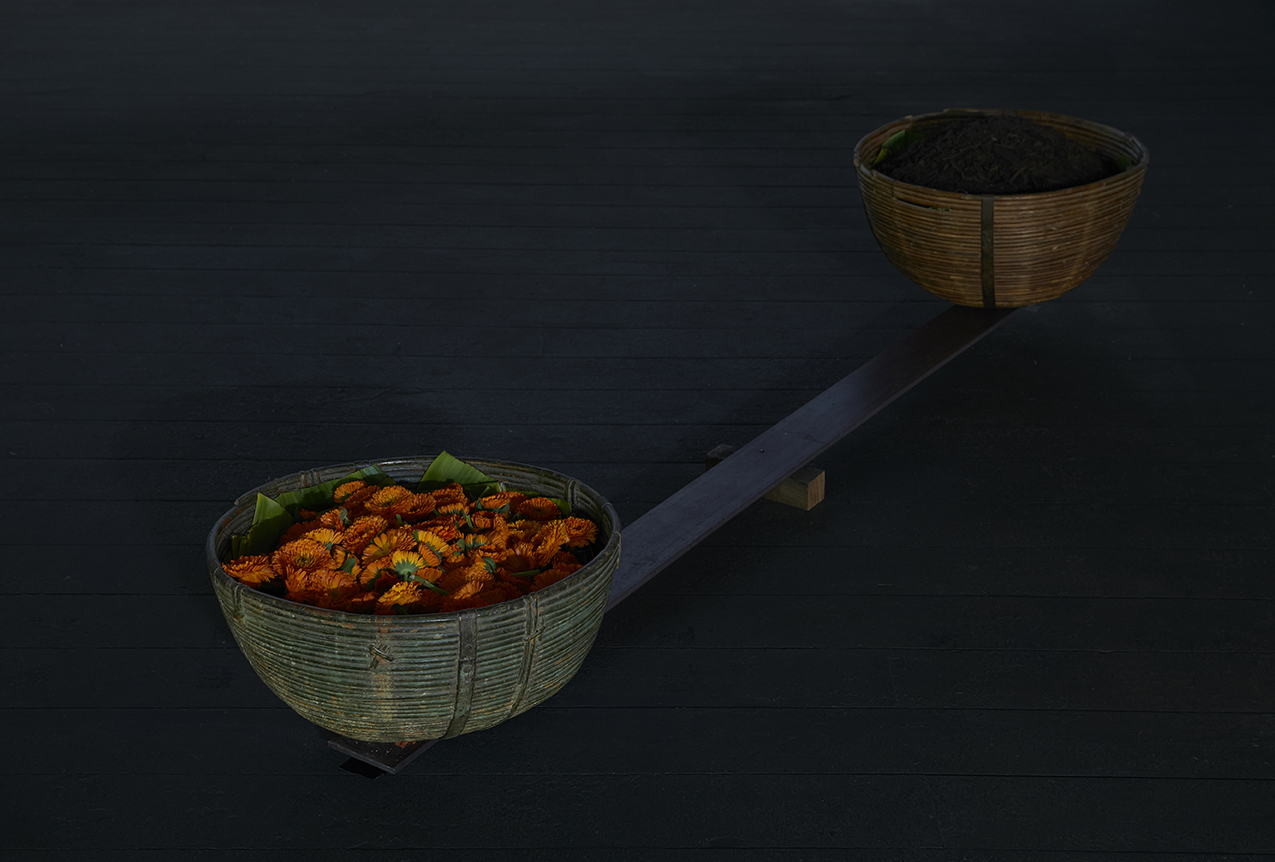
Counterpoint (2016), bamboo, steel bar, earth, calendulas, dimensions variable.
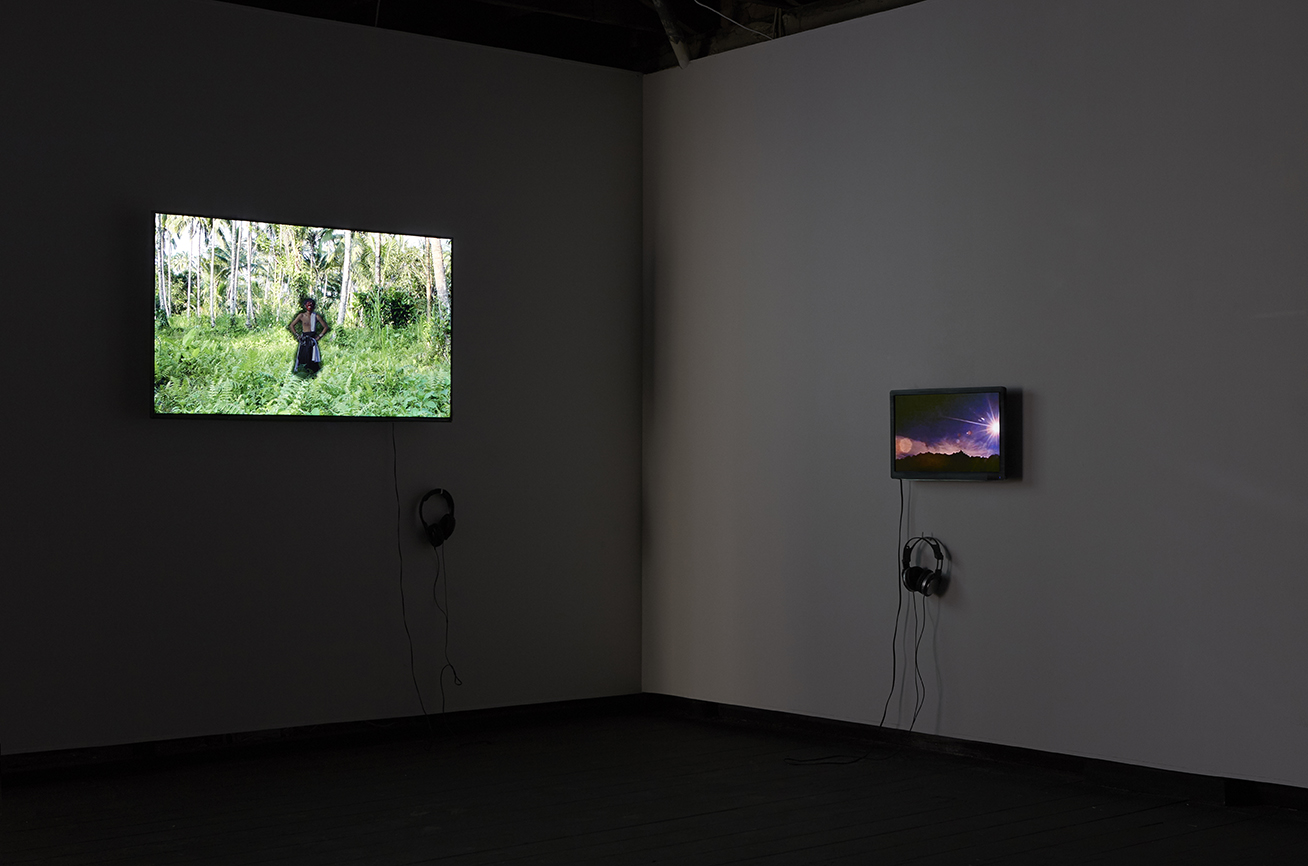
The Surfers (2016), digital video, stereo sound, 8:59 minutes. Original movie credit: Morning of the Earth (1971) Albert Falzon. Photo: Zan Wimberley.

Witness (2016), HD digital video, single channel projection, stereo sound, 6:52 minutes. Photo: Zan Wimberley.